7 Breakthrough Anti-Aging Strategies From a Gerontology Expert
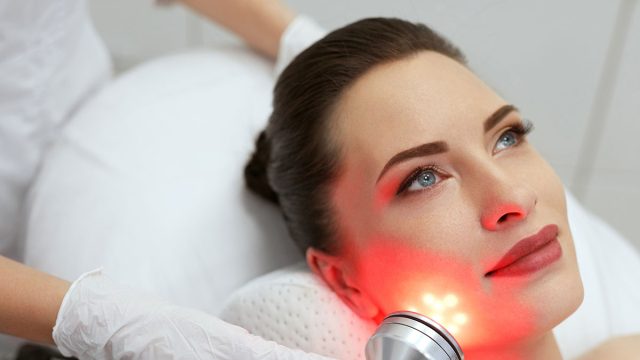
As a gerontologist and healthy aging expert, it's my job not only to study the physical, psychological, and social aspects of aging throughout the lifespan but also to study how age-related decline and disease can be prevented. That's why I wanted to share these top breakthrough strategies that are not only based on solid scientific research but also on my personal experiences and observations in the field of healthy aging.
Whether it's managing stress, adapting your diet, or adjusting your exercise routines, these strategies are designed to help you maintain vitality and thrive throughout the years. So, let's dive in and explore these transformative techniques that can lead you to a healthier, more youthful lifestyle. Here are my top 5 breakthrough healthy aging strategies.
Learn to Manage Stress!
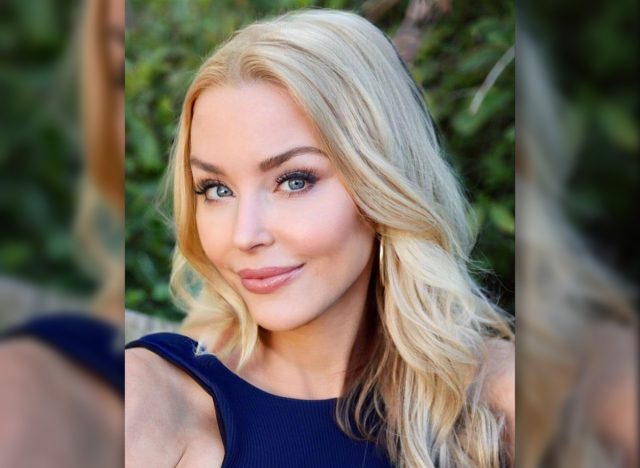
We are living in an overly-caffeinated, sleep-deprived, plugged-in world which has raised our chronic stress levels (that low level stress that is constant in our lives) to new higher setpoints. So, even though we may not feel overly stressed out, our bodies tell a different story. Stress causes an inflammatory response in the body, and inflammation has been linked to all age-related diseases – everything from cardiovascular disease to cancer! If you want to live longer, implement a daily stress-reduction practice. Find a practice that works for your lifestyle. Maybe that's getting out in nature for 30 minutes a day. Perhaps a daily practice of yoga, meditation or breathwork is right for you. Incorporate your method into a consistent daily practice, even when you don't feel particularly stressed.
The Gerontologist's How-To: The best science-backed way to de-stress in real time is to practice the Physiological Sigh. This breathing technique is the quickest way to kickstart your parasympathetic nervous system to reduce your heart rate and destress almost instantly.
RELATED: 20 Things You Need to Know About Ozempic and Weight Loss
Here is how you do it:
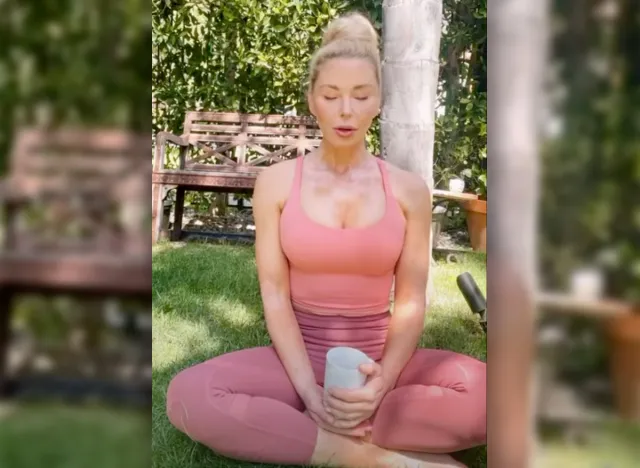
Take an inhale, filling up your lungs, then inhale even more, followed by a longer slower exhale. This exhale focused breathing is the quickest way known to decrease the activation of the sympathetic nervous system (the fight or flight system) by stimulating the parasympathetic nervous system (the rest and digest system). Double inhale, Longer slower exhale. Try it!
Deliberate Cold Exposure
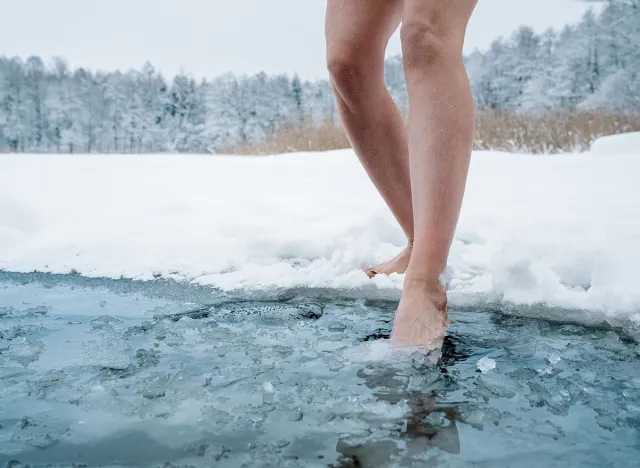
I know. I know. Seems painful, and if I'm being honest, it is! However, there are so many health benefits that I decided to try cold plunging, and now, it is a part of my morning routine. Contrary to the images we see on social media, you do not need to break through frozen ponds or dump your entire ice supply from your freezer into your tub. The ideal temperature for a cold plunge is between 50-60 degrees. You can get that ideal temperature of cold water right out of your own bathtub.
The Gerontologist's How-To: No need for expensive cryotherapy or cold plunge pools. Simply fill up your tub with cold water and get in up to your neck for 2-3 minutes. Me? I play the Rocky's Theme Song (Gonna Fly Now), which pumps me up and gives me the push I need. I stay under the cold water doing Tumo Breathing (quick exhales as if you are breathing out of a straw) until my body acclimates. My cold plunge time is exactly 2 minutes and 47 seconds each morning (the exact length of the Rocky Theme song). Cold plunging first thing in the morning is best. Although it feels freezing on our outsides, it actually heats our core. This does two things – it helps set your sleep wake cycle and will actually help you fall asleep faster later that same night, and it kick starts your metabolism. It takes energy to warm your core, and energy means it burns calories! Hooray! In fact, when I wear my Aura ring in the tub, it tracks my 2:47 cold plunge as a 20 minute workout. That's how powerful it is!
Red Light Therapy
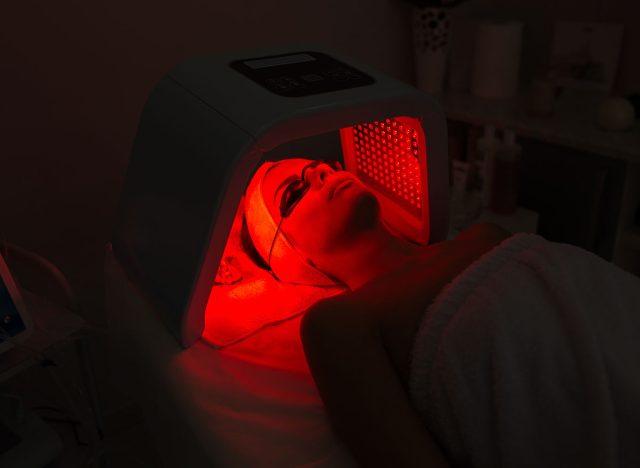
The scientific evidence supporting the health and beauty benefits of red light therapy is undeniable. In fact, red light technology has even been used by astronauts in space to speed wound healing. It's common knowledge that light has an effect on our bodies. Ultra Violet rays from the sun can change the pigment of the skin, and can result in a sunburn. The Red Light spectrum, however, passes safely through the epidermis (the outer layer of the skin) and hits the deeper layers of the skin. It has been shown to decrease wrinkles, even out skin tone and texture, increase circulation, decrease inflammation in the body, decrease joint pain, and even boost your mood! Can certain spectrums of light help you look better, feel better, and increase your lifespan? YES! In fact, near-infrared light has shown to go as deep as bone, and perhaps to the bone marrow itself, re-energizing aging cells.
The Gerontologist's How-To: To get started with Red Light Therapy (RLT), you can either visit a professional facility such as a dermatologist's office, spa, or specialized RLT clinic, or you can purchase a home device that has FDA approval.
RELATED: 15 Travel Habits That Help You Stay Fit and Lose Weight on the Go
Grounding (Otherwise Known as Earthing)
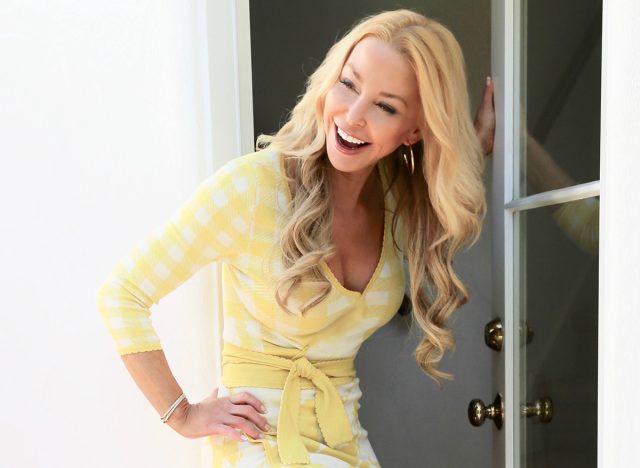
Something so simple as getting outside and taking your shoes off can have profound health benefits. We are made to walk on the earth, and there are many health benefits to prove it. The earth is negatively charged. We humans are naturally positively charged. However, in times of stress, we can lose electrons, giving us even more of a positive charge than is ideal (AKA free radicals). By stepping barefoot on the earth, the earth acts as a sponge soaking up these free radicals in an energy exchange. It's one of the most profound health hacks, and it's absolutely free.
The Gerontologist's How-To: Just step outside and put your feet in the grass, sand, dirt, or water source, and let nature do the rest. Don't have access to the outdoors year-round? Then you may want to look into a grounding mattress pad or grounding mat. Grounding devices plug into the third port of an indoor electrical outlet, which is grounding to the earth, and work in the same way as stepping outside. Health benefits include a decrease in blood pressure, heart rate,and inflammation. It also boosts your mood by decreasing anxiety and depression, and even improves gut health by increasing microbiome diversity.
Intermittent Fasting
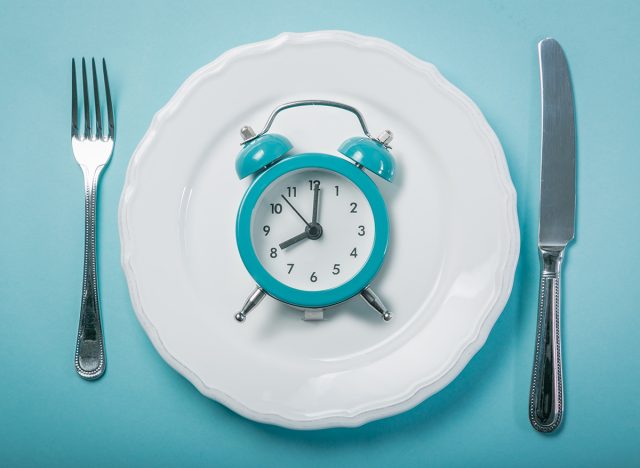
I've been Intermittent Fasting for 30+ years! This notion that "breakfast is the most important meal of the day" is quite frankly B.S. that is spoon fed to us (no pun intended) by the big food manufacturing companies that line our supermarket shelves with ultra processed breakfast cereals. It's not "breakfast" that is the most important meal, it's how you break-your-fast that is the most important. For me, that's not in the morning hours, but at noon or 1pm. It's not as difficult as it seems. If you sleep (hopefully) for 8 hours, you've just done an 8 hour fast.
The Gerontologist's How-To: By simply skipping breakfast, you ease into a 12-16 hour fast. If this seems crazy, just know that we are not made to have food at our beacon call. We are made to go for long periods of time without eating. And it's in times of deprivation that our bodies reach into our fat cells for energy. That's how we reach a state of ketosis, when our bodies are burning fat for energy. It's not by eating a keto-friendly nutrition bar or having keto-friendly coffee. You do not need to purchase any food products for your body to burn fat, you simply have to deny it a steady stream of food.
RELATED: #1 Secret Revealed for Sticking to Your Workout Routine
Do Age-Appropriate Exercise
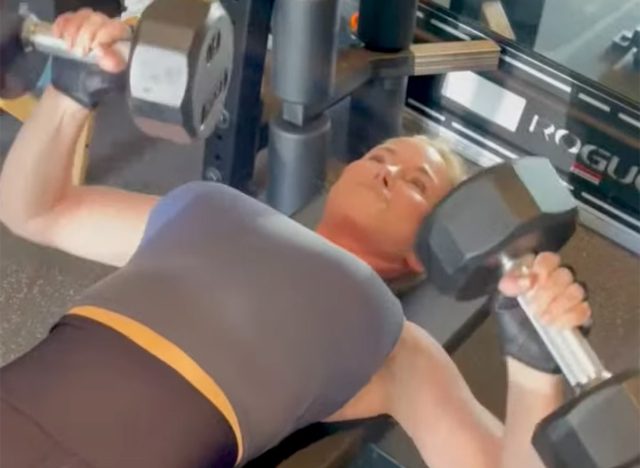
One of the most common mistakes I see in working with my 1:1 clients is a lack of the age-specific exercise. The way we exercise needs to change with age. Excessive cardio, which was fine for us as youngsters, can actually be detrimental to building muscle mass, which we need more of as we age. Beginning in our 30's, our muscle mass starts to decline, which can lead to sarcopenia (when fat infiltrates the muscle fiber), making it very difficult to lose weight.
The Gerontologist's How-To: Therefore, strength training becomes more important as we age. Muscles are calorie-burning machines, folks! The more muscle mass you have, the more calories you will burn! And muscle gives us strength which we need to remain active and mobile. Joint flexibility also declines with age, so incorporating a consistent stretching routine is imperative. Strength + Flexibility = Mobility, and remaining mobile is key to healthy aging.
Don't Fall Into an "Anti-Aging" Trap
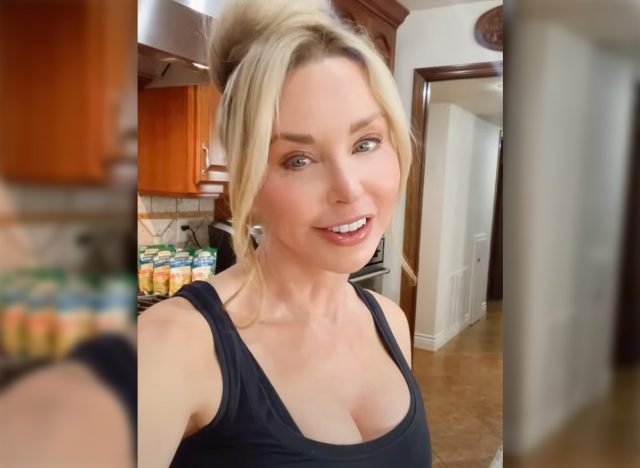
There is one thing else I would like to add, which takes us back to the very first question asked by this very website… "Could you introduce your expertise in Gerontology and offer insights into anti-aging?" Ugh. I kinda loathe that word "anti-aging" since going back to school. It puts a negative connotation on growing older. I went into USC Leonard School of Gerontology (while in my 50's) using the word "anti-aging," and left having graduated using instead, "Healthy Aging." This transition happened in my very first class when I had my professor all but snarl at me when I asked her to be on my YouTube channel. She denied my request due to terms like "Anti-aging" and "age-defying" that were commonplace back then.
I soon switched to Healthy Aging, and for good reason. Aging is inevitable. It's going to happen. We are not trying to stop aging, but rather age in such a way that we are looking, feeling and functioning our best throughout the lifespan. And hopefully, with a little luck, one day we'll ALL be wrinkly ol'' women! That would be a blessing!
The Gerontologist's How-To: The thing that is the most important thing I teach is that you, me, we ALL have the power to start right now down a different path that changes how we feel, how we function, how much pain we are in, how mobile we are, how long we live, and yes, to some extent even how we look during the aging process. A lot of how we age is in our own hands. You are NEVER too young to start thinking about aging, and you are NEVER too old to start Living Young.
Darnell Cox, a Gerontologist and Healthy Aging Coach is the founder of Live Young Lifestyle.




